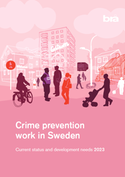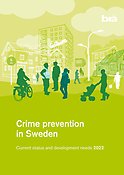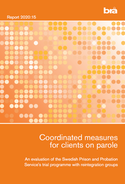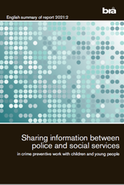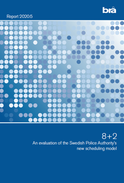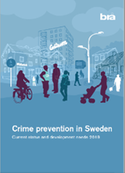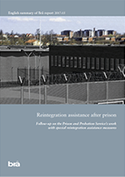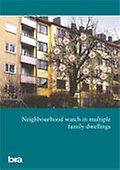Crime prevention in Sweden
Current status and development needs 2021. English summary of the annual report
During the course of 2020, a range of new national initiatives were introduced, with both the primary and indirect aims of strengthening crime prevention. This report provides a picture of crime prevention in Sweden and the needs for 2021.
Crime prevention work
Related content
About the report
This report is part of a series of annual reports that the Swedish National Council for Crime Prevention (Brå) has been commissioned by the government to produce every year since 2017. The main purpose is to provide a picture of crime prevention in Sweden, but it shall also provide a more detailed description of this work with consideration to the targets of the government’s crime prevention programme Tillsammans mot brott (‘together against crime’, 2016/17:126). The background material for the report comes from Brå’s development work, external monitoring, surveys and interviews, from digital network meetings with county administrative boards and the police, and from virtual meetings, conferences and presentations during the past year, where Brå has come into contact with more than 1,000 people who work with crime prevention.
Brå’s assessment
It is Brå’s assessment that a positive development is taking place in Sweden’s crime prevention, although many of the challenges that have previously been identified still remain, albeit to varying degrees.
The most important development requirements identified in the report are:
- Need for greater capability and more measures: It is Brå’s assessment that actors at all levels need to prepare themselves for an increased need for support, and they must therefore consider how they can meet the need for their support for the knowledge-based work in municipalities and local police districts.
- The entire spectrum of measures needs to be used: Only a limited amount of all the crime prevention measures available are actually used. For complex problems, the entire ‘toolbox’ must be considered.
- Need for evaluation of the effects of crime prevention on crime: evaluations and follow-ups are far too often missing and, when they have been performed, they all too seldom examine how crime has been affected.
- The pandemic has revealed the importance of a robust organisation: established and wellfunctioning organisations will have greater capacity to continue to conduct crime prevention of good quality, even when faced with other unforeseen situations in the future.
Publication facts
Author: Linda Lindblom, Jenny Viström and Charlotta Gustafsson
© Brottsförebyggande rådet 2024
urn:nbn:se:bra-993


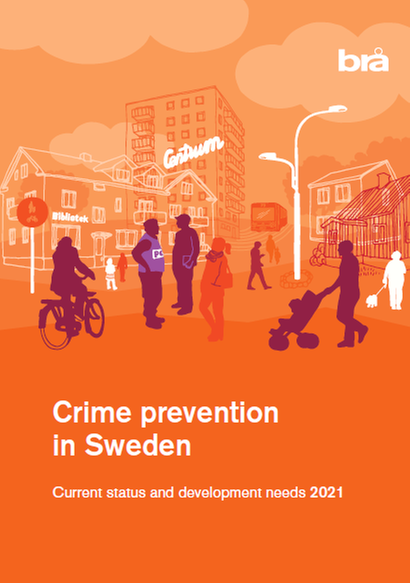
%202023_11_Fraud.png)
